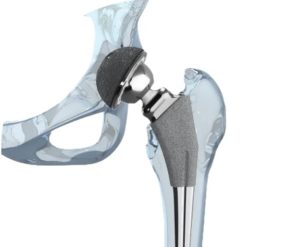There may be a hidden thief waiting for you at the ATM. No, I don’t mean some burly thug in a balaclava – but watch out for those too. The crook I’m writing of, however, is a stealthy electronic device masquerading chameleon-like as an innocent part of the ATM.
Skimming is a sophisticated scam, usually operated by organized bands of criminals, with the object of stealing the electronic code on your debit or credit card as well as your PIN number.
The thieves affix an electronic device to the ATM, or any point of sale (POS) device. The device copies the data from your card. There is often a separate gizmo, often a small camera or keypad overlay, that records your PIN number. The devices are usually made to look like a normal part of the ATM.
Skimming is a big problem everywhere. Recently skimming devices were foundon ATMS in the Piedmont Triad area in Thomasville, NC.
Here’s what the FBI has to say about how skimming works:
How skimming works
The devices planted on ATMs are usually undetectable by users—the makers of this equipment have become very adept at creating them, often from plastic or plaster, so that they blend right into the ATM’s façade. The specific device used is often a realistic-looking card reader placed over the factory-installed card reader. Customers insert their ATM card into the phony reader, and their account info is swiped and stored on a small attached laptop or cell phone or sent wirelessly to the criminals waiting nearby.
In addition, skimming typically involves the use of a hidden camera, installed on or near an ATM, to record customers’ entry of their PINs into the ATM’s keypad. We have also seen instances where, instead of a hidden camera, criminals attach a phony keypad on top of the real keypad … which records every keystroke as customers punch in their PINs.
Skimming devices are installed for short periods of time—usually just a few hours—so they’re often attached to an ATM by nothing more than double-sided tape. They are then removed by the criminals, who download the stolen account information and encode it onto blank cards. The cards are used to make withdrawals from victims’ accounts at other ATMs.
The FBI recommends these precautions to reduce the chance of falling victim to skimming:
- Inspect the ATM, gas pump, or credit card reader before using it…be suspicious if you see anything loose, crooked, or damaged, or if you notice scratches or adhesive/tape residue.
- When entering your PIN, block the keypad with your other hand to prevent possible hidden cameras from recording your number.
- If possible, use an ATM at an inside location (less access for criminals to install skimmers).
- Be careful of ATMs in tourist areas…they are a popular target of skimmers.
- If your card isn’t returned after the transaction or after hitting “cancel,” immediately contact the financial institution that issued the card.
You might also check out this informational video from Australia’s Commonwealth Bank (fwiw ladies, my wife says the spokesguy is really cute):










Comments for this article are closed.